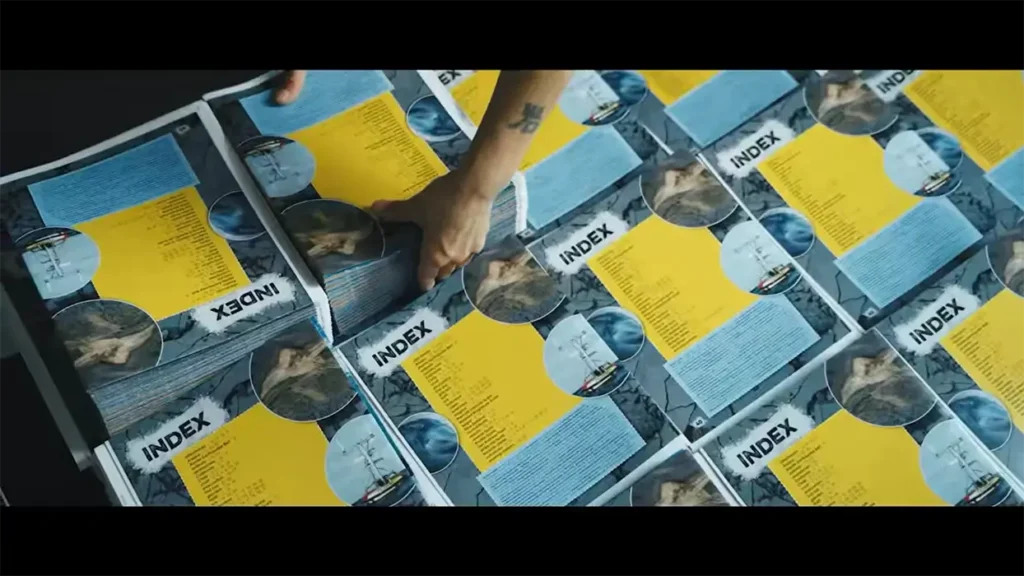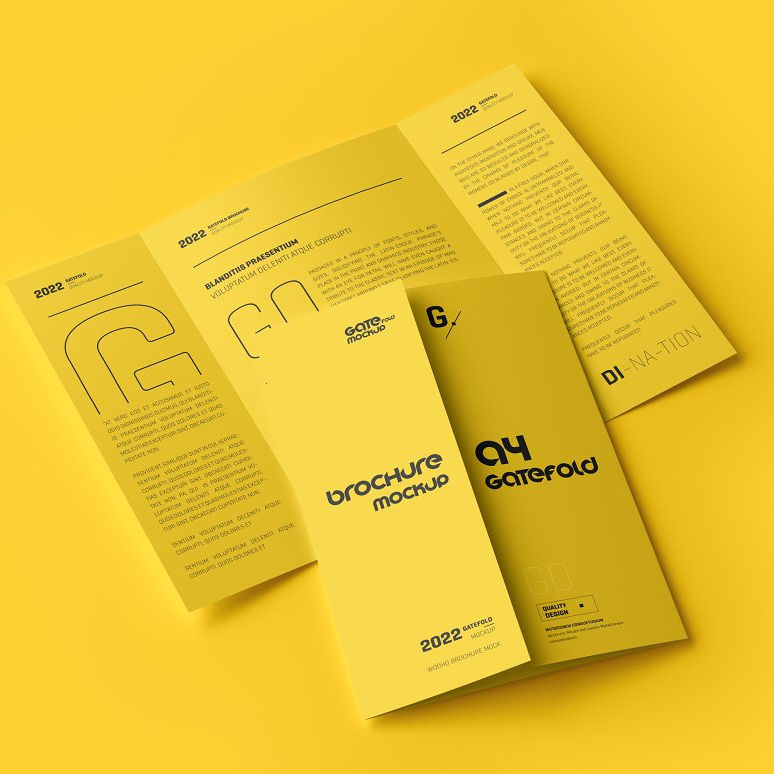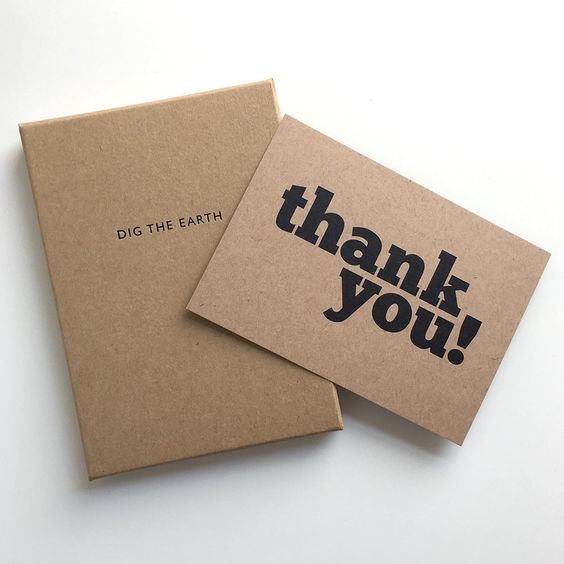Introduction

In the diverse world of print media, understanding the nuances between Booklet Printing and traditional Book Printing Services is crucial for anyone looking to create impactful printed materials. While both serve to disseminate information, the specificities of booklet printing set it apart in design, production, and use. This article aims to clarify these differences and provide insights into custom Booklet Printing.

Understanding Booklet Printing
Booklet Printing typically means producing more diminutive, concise, printed materials, often used for marketing, educational, or informational purposes. Unlike standard books, booklets are characterized by their shorter length and more flexible design options, making them ideal for quick reads or targeted information dissemination.
Critical Differences Between Booklet and Book Printing
Design and Layout
- One of the primary distinctions lies in the design and layout. Booklets usually have fewer pages and a simpler structure, making them more straightforward to design and produce than full-fledged books. This simplicity often translates to a more direct and focused message, ideal for specific campaigns or educational materials.
- In Booklet Printing, attention to visual elements and concise content placement is paramount, as the space is limited compared to traditional books.

Printing Process
- The printing process for booklets can differ significantly from that of books. Booklets often utilize faster and more cost-effective printing methods, such as digital printing, which is ideal for short runs and quick turnaround times. In contrast, Book Printing Services may involve more complex processes, particularly for larger volumes and hardcover editions.
- Digital Booklet Printing Services have revolutionized how quickly booklets can be produced, allowing for more flexibility regarding deadlines and last-minute changes.

Material Selection
- The choice of materials in Booklet Printing also varies. Booklets typically use lighter paper grades for cover and interior pages, catering to their purpose as easy-to-handle, portable items. On the other hand, books require thicker, more durable paper, especially for covers and spine.
- The material selection directly impacts the final printed product’s cost, feel, and durability, whether it’s a booklet or a traditional book.

Binding Techniques
- Binding is another aspect where Booklet Printing diverges from traditional book production. Standard booklet binding methods include saddle stitching and perfect binding, suitable for the thinner profile of booklets. These methods are less complex and more cost-effective than the binding techniques typically used in book production, like case binding or thermal binding.
- The choice of binding technique affects not only the booklet’s appearance and usability but also its production time and cost.

Custom Booklet Printing Solutions
Tailoring to Specific Needs
- Custom Booklet Printing offers the flexibility to tailor every aspect of the booklet to specific needs. This customization can range from the choice of paper and ink to the booklet’s dimensions and design elements. It’s an opportunity to align the leaflet with a brand’s identity or the specific message of a campaign.
- Collaborating with a Booklet Printing Service allows for professional guidance and access to a broader range of options regarding materials, finishes, and printing techniques.
Choosing a Printing Service
- Selecting the right Booklet Printing Service is crucial. Factors to consider include the quality of printing, cost, turnaround time, and the service provider’s ability to understand and meet your specific needs.
- Experienced Booklet Printers can offer valuable insights and suggestions to enhance the final product, ensuring it meets.
Both aesthetic and functional expectations.
Technological Advances in Booklet Printing
Digital Printing and Automation
- Advancements in digital printing technology have greatly benefited Booklet Printing. Digital printing offers high-quality outputs with quicker setup times, making it ideal for small to medium-sized runs.
- Automation in the printing process has also streamlined production, reducing the likelihood of errors and ensuring consistent quality across all copies.
Conclusion
The world of Booklet Printing is rich and varied, offering a range of possibilities for businesses and individuals looking to convey their message effectively. Understanding how it differs from traditional Book Printing Services is critical in making informed decisions about your printing needs. Whether you are creating a marketing pamphlet, an informational guide, or a corporate report, booklets offer a versatile and efficient medium for communication. With advancements in printing technology and the expertise of custom Booklet Printing services, creating a brochure that stands out and meets your specific requirements has never been easier.
FAQs
Q: What is the typical turnaround time for custom booklet printing?
- A: Turnaround times vary depending on the complexity and volume of the order. However, many Booklet Printing Services can offer relatively quick production times with digital printing advancements.
Q: Can I get environmentally friendly options in booklet printing?
- A: Absolutely. Many Booklet Printers now offer eco-friendly options, including recycled paper and soy-based inks.
Q: Are there minimum order quantities for booklet printing?
- A: This depends on the printing service provider. Some digital booklet printing services offer the flexibility of low minimum orders, making them suitable for small businesses or personalized projects.




